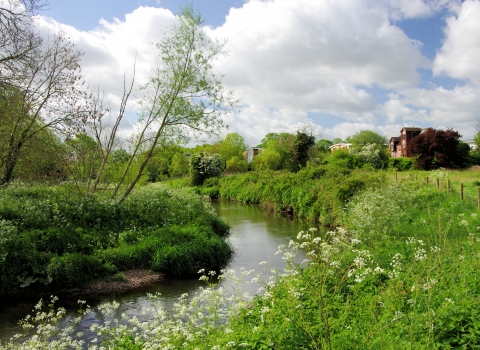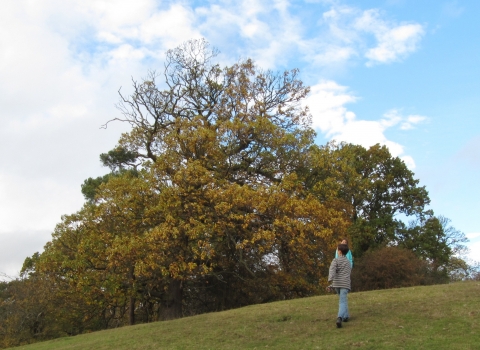Alexis Evans
Grove Hill
Location
Know before you go
Dogs
When to visit
Opening times
Open at all timesBest time to visit
All year roundAbout the reserve
One of the largest arenas of semi-natural limestone grassland in the county, this rural reserve forms a checkerboard of habitats with large areas of grass, scrub, woodland and ponds. Lying on a steep scarp slope Grove Hill is abundant with wild privet, dogwood and buckthorn, with dog-rose and traveller’s joy scrambling throughout.
Its heavy calcareous Jurassic and Triassic clays give rise to sticky soils, which yield a vast medley of flowers including cowslip, wild strawberry and common gromwell. Smaller plants include hairy violet, fairy flax and longstalked crane’s-bill. Beautiful common spotted-orchid, pyramidal and bee orchids flower here too. Insects flourish, particularly butterflies including grizzled skipper, brown argus, marbled white, small copper and the striking brimstone. Nationally scarce bees, flies and beetles have been recorded, along with the notable ruddy carpet moth.
One of the two ponds, excavated in 1996, sits towards the north end of the rough grassland and supports emperor and southern hawker dragonflies and the dazzling azure and common blue damselflies. Birds are equally diverse with woodpeckers, buzzard, sparrowhawk, tawny owl and woodcock. Summer visitors include turtle dove and many species of migrant warbler. Muntjac and roe deer are often seen foraging here if you tread quietly.
Love wildlife? Become a member and make a difference on your doorstep
As a member, your subscription will help look after local wildlife and our amazing nature reserves across Coventry, Warwickshire and Solihull. You'll receive a range of benefits, including free entry to over 65 local nature reserves, with member only free car parks where available, and our Wild Warwickshire magazine three times a year.



